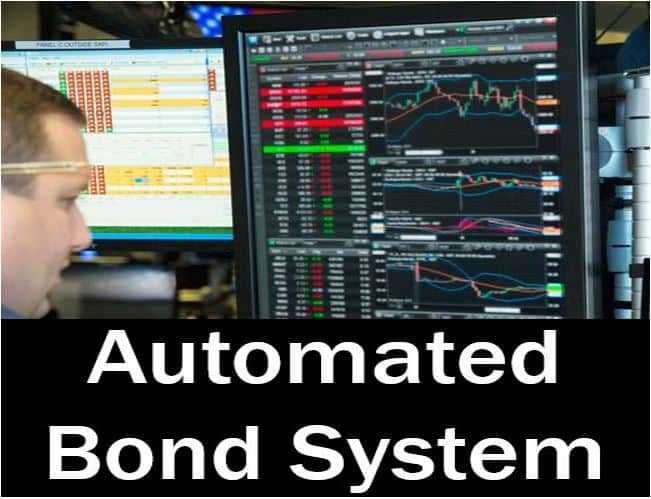Automated bond system (ABS) – Definition and meaning
The Automated Bond System (ABS) is an electronic bond information and trading platform. ABS tracks the prices of inactive bonds on the New York Stock Exchange (NYSE).
The computerized system allows investors to have access to a database of **bond prices. Investors record the bids and offers for inactive bonds until their sale or termination.
** Governments and large companies issue bonds to borrow money. Investors buy bonds and earn interest.
According to nasdaq.com, the Automated Bond System (ABS) is:
“The computerized system that records bids and offers for inactively traded bonds until they are canceled or executed on the NYSE.”
By electronically monitoring all inactive bonds, NYSE can maintain a significant inventory of bond prices. This inventory is useful for investors wishing to buy bonds
 Not only do large investors use the automated bond system, but today small investors do too, says the NYSE. (Image: adapted from nyse.com)
Not only do large investors use the automated bond system, but today small investors do too, says the NYSE. (Image: adapted from nyse.com)
Why does the Automated bond system exist?
The ABS exists because many bonds do not experience significant short-term price fluctuations. Bonds prices do not fluctuate much due to their low volume. This essentially means that some bonds are in an almost non-existent market.
However, even though some bonds on the NYSE are inactive, they are still available for trading.
The ABS provides information for investors on the prices of these financial instruments. Additionally, the ABS allows the NYSE to have an up-to-date inventory of bond prices.
Financial instruments are monetary contracts between different parties which people can buy and sell.
Online Automated bond system service
In 2006, the NYSE introduced a series of online features to its public website.
According to the NYSE, the online features:
“Provide public investors with convenient and significantly improved access to information and pricing for bonds traded through the Automated Bond System (ABS).”
The new set of investor tools included enhanced data tables and issue categorization. Additionally, it provided sorting mechanisms in the broader fixed-income market.
On unveiling the new service, the NYSE wrote:
“In addition to the new directory of bonds sorted by name, symbol and issue type, investors now have the ability to view the most actively traded issues from the prior day, download a detailed daily bond summary archived by date, and explore a glossary of bond-related terms that provides explanations of key words and phrases.”
“The addition of these features gives the investing public a central resource for all fixed-income instruments traded by NYSE member-firm subscribers using the ABS platform.”
Subscribers can access the ABS electronic bond-trading platform online. Although anybody can subscribe, the platform mainly serves retail traders in corporate bonds.
“NYSE’s Automated Bond System maintains and matches orders on a strict price and time priority basis, and reports quotations and trade prices on an absolute real-time basis,” said the NYSE.
In 2007, the NYSE introduced a new system. The aim was to encourage small investors rather than having just giant ones. The new system wanted a wider spectrum of traders buying and selling bonds on a public exchange than before.

